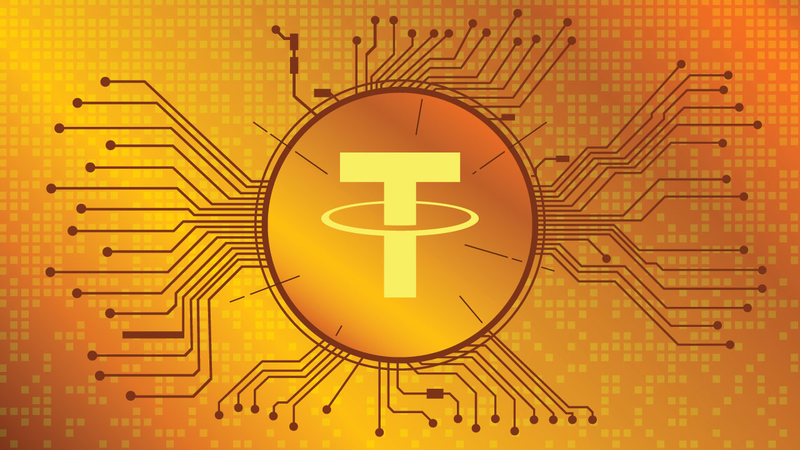Ever wondered if digital money could really change the game? The U.S. just took a bold step by signing the Guiding and Establishing National Innovation for U.S. Stablecoins Act (GENIUS Act) into law. According to former U.S. President Donald Trump, stablecoins might boost demand for U.S. Treasuries, lower U.S. interest rates, and keep that mighty dollar blazing as the global reserve currency.
So, what exactly are stablecoins? Unlike the rollercoaster ride of Bitcoin, these cryptocurrencies are designed to keep things steady by pegging their value to the U.S. dollar on a 1:1 ratio. Thanks to the GENIUS Act, coin issuers now must back every stablecoin with liquid assets like U.S. dollars or short-term U.S. Treasury bills—and share reserve details every month for total transparency.
Today, power players like USDT and USDC account for about 90% of the stablecoin market. From a modest $20 billion in 2020, the market has surged to $247 billion, with experts like Scott Bessent from the U.S. Department of Treasury projecting a mind-blowing $3.7 trillion by 2030! 🚀
But here’s the twist: can these digital coins really protect the dollar’s global status? A detailed analysis by China Media Group (CMG) argues that the dollar's influence isn’t just about numbers—it also relies on decades of stable economic commitments and trade relationships. In other words, rebranding the dollar through stablecoins might not be enough if broader global responsibilities aren’t met.
Critics have raised eyebrows too. Some, including Scott Greytak from Transparency International U.S., warn that by not closing existing loopholes, the act could create opportunities for big tech firms and potential money laundering risks.
This groundbreaking move is a fascinating crossroads for digital finance and traditional economics. As our world becomes more tech-centric, the stablecoin story might just be the headline of tomorrow’s financial innovation saga. Stay tuned and keep your crypto curiosity alive! 😎
Reference(s):
cgtn.com




